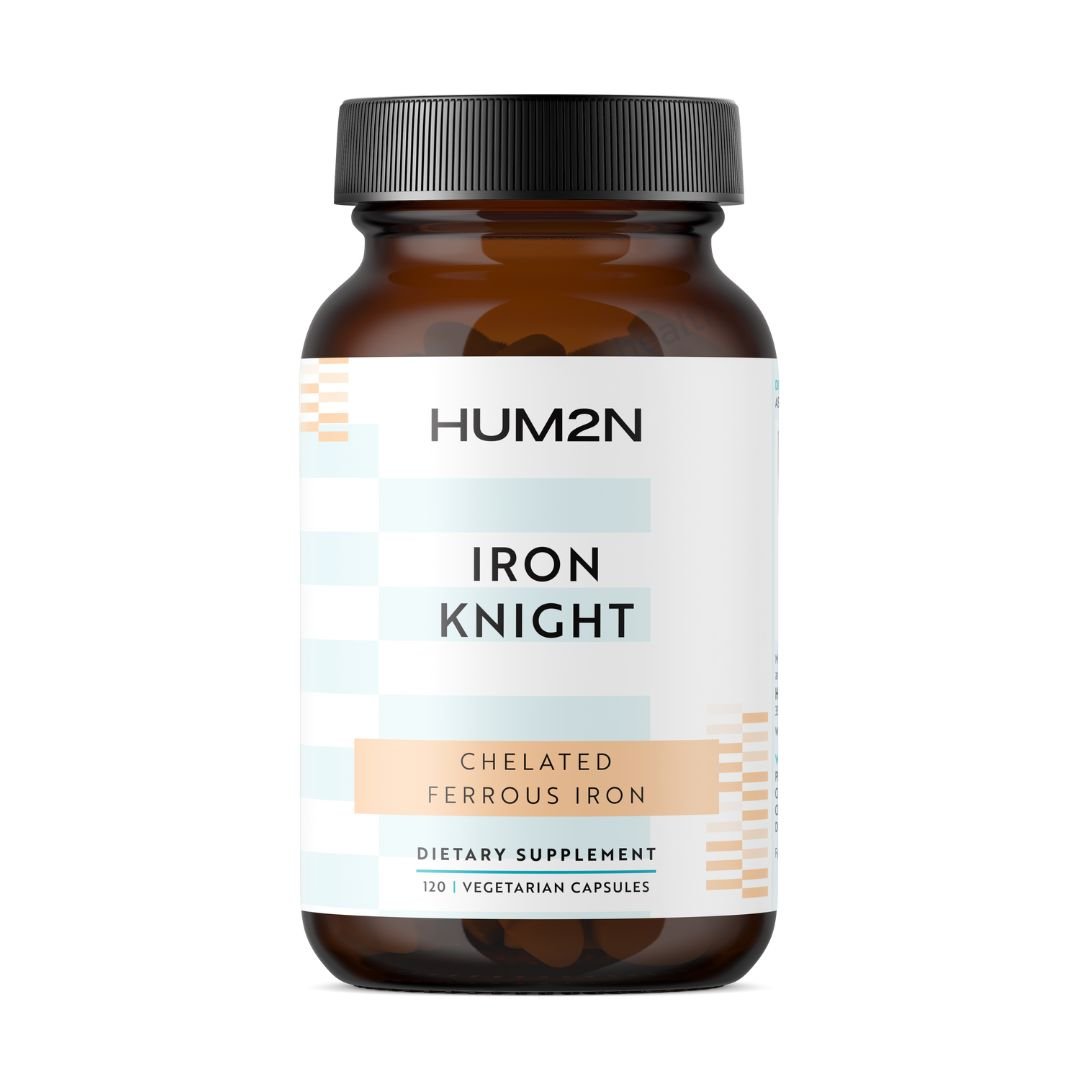Exosomes [/ɛks(ʊ)səʊm/] noun
Nano-sized lipid vesicles that shuttle proteins and genetic information between both neighboring and distant cells.
What Are Exosomes?
Exosomes are nano-sized vesicles that send signals from one cell to another, influencing almost every process in the body. Unlike intracellular signals that function within the cells, exosomes travel in the extracellular fluid (like the blood). To deliver its message, it fuses its membrane with the target cell’s wall, therefore spilling its contents before being recycled. By inspecting the contents of exosomes scientists can distinguish healthy cells from diseased cells.

Exosomes & Aging
As key communicators, exosomes have a large role in accelerating or preventing the aging process. There are a few main ways in which exosomes play a role in aging.
Cellular Senescence1,2As we age, many of our cells become damaged and are no longer healthy replicating cells. Unfortunately, they do not always become degraded and recycled in a timely fashion and therefore continue to actively give off harmful signals. These cells, termed senescent cells, release an increased amount of toxic exosomes that spread their senescent state to neighbouring cells, induce inflammation, and contribute to the development of chronic diseases like cancer. Conversely, scientists have identified exosome signals, such as from genetic material (miRNA), that can suppress cellular senescence.2
Stress & Aging1
Research has shown that stress has a direct correlation on the types of signals sent by exosomes. These signals act as a warning sign, allowing other cells to make preemptive alterations in response to a given stressor. Although highly useful, during prolonged stress these signals create a pro-inflammatory environment that leads to accelerated aging and chronic diseases.
Toxic Proteins2
Aged cells can also secrete toxic proteins and miRNA through exosome signaling. These signals can have pathogenic downstream effects and have been linked to the development of neurodegenerative diseases and cognitive decline in aging.3,4
How is Exosome Therapy Administered?
Standard exosome therapy is administered intravenously, typically once a month. In most cases, effects can be seen after 5 treatments, however the results vary depending on the doctor’s skill and injection machine used.
Benefits of Exosome Therapy for Anti-Aging
Wound Healing5
Exosome therapy can facilitate skin healing by promoting collagen synthesis (types I and III), elastin secretion, and angiogenesis, which creates new blood vessels to supply the wound site with nutrients for repair. This helps the skin layer rejuvenate to reduce damage in appearance, integrity, and function as we age.
Bone Regeneration6
Peak bone mass occurs in our 20’s and after that bone density begins to decline. This leaves our bones weak, fragile and susceptible to fractures. It is also the cause of height loss with age. Exosome therapy activates key players in the bone synthesis pathway to repair bone back to a more favourable state.
Brain Regeneration1,7
Exosomes have positive benefits on neural cells and exosome therapy shows potential to regenerate peripheral nerves, stimulate proliferation of cells, and contribute to repair nerve damage. As exosomes are related to removal of toxins from the brain, it is also a potential therapy for neuronal dysfunction seen in neurodegenerative diseases like Alzheimer’s and Parkinson’s disease.
Antioxidant & Anti-inflammatory Function8
Research has shown a bidirectional relationship between exosomes and antioxidant function: exosomes are released in response to oxidative stress on cells, and exosomes have a direct impact on antioxidant and anti-inflammatory machinery within cells. One of these pathways include the activation of Nrf2, a powerful antioxidant that mitigates injury and inflammation, and is a key target for anti-aging therapies.
Chronic Diseases & Longevity9,1
Due to the pivotal role of exosomes in cellular senesence, benefits from exosome therapy in animal models have included protection from cancer, cardiovascular disease, and a lifespan increase of up to 30%. Human studies have seen potential in a huge range of age-related chronic diseases that could extend our years in good health.
Safety
In a review of exosome therapy studies, researchers concluded that safety had been confirmed by several models as well as showing that it does not elicit an acute immune rejection, and therefore has no risk for tumor formation.10
References
- Panagiotou N, Neytchev O, Selman C, Shiels PG. Extracellular Vesicles, Ageing, and Therapeutic Interventions. Cells. 2018;7(8):110. Published 2018 Aug 18. doi:10.3390/cells7080110
- D’Anca M, Fenoglio C, Serpente M, Arosio B, Cesari M, Scarpini EA, Galimberti D. Exosome Determinants of Physiological Aging and Age-Related Neurodegenerative Diseases. Frontiers in Aging Neuroscience. 2019;11:232.
- Bellingham, S. A., Guo, B. B., Coleman, B. M., and Hill, A. F. (2012). Exosomes: vehicles for the transfer of toxic proteins associated with neurodegenerative diseases? Front. Physiol. 3:124. doi: 10.3389/fphys.2012.00124
- Pusic, A. D., and Kraig, R. P. (2014). Youth and environmental enrichment generate serum exosomes containing miR-219 that promote CNS myelination. Glia 62, 284–299. doi: 10.1002/glia.22606
- Zhang J, Guan J, Niu X, Hu G, Guo S, Li Q, et al. Exosomes released from human induced pluripotent stem cells-derived MSCs facilitate cutaneous wound healing by promoting collagen synthesis and angiogenesis. J Transl Med. 2015;13:49.
- Zhang J, Liu X, Li H, Chen C, Hu B, Niu X, et al. Exosomes/tricalcium phosphate combination scaffolds can enhance bone regeneration by activating the PI3K/Akt signaling pathway. Stem Cell Res Ther. 2016;7(1):136.
- Lai CP, Breakefield XO. Role of exosomes/microvesicles in the nervous system and use in emerging therapies. Front Physiol. 2012; 3:228.
- G. Bodega, M. Alique, L. Puebla, J. Carracedo & R. M. Ramírez (2019) Microvesicles: ROS scavengers and ROS producers, Journal of Extracellular Vesicles, 8:1, DOI: 10.1080/20013078.2019.1626654
- Baker DJ, Wijshake T, Tchkonia T, LeBrasseur NK, Childs BG, van de Sluis B, Kirkland JL, van Deursen JM. Clearance of p16Ink4a-positive senescent cells delays ageing-associated disorders. Nature. 2011 Nov 2; 479(7372):232-6.
- Lin Cheng, Kun Zhang, Shuying Wu, Manhua Cui, and Tianmin Xu. Focus on Mesenchymal Stem Cell-Derived Exosomes: Opportunities and Challenges in Cell-Free Therapy. Stem Cells International. 2017. doi.org/10.1155/2017/6305295







